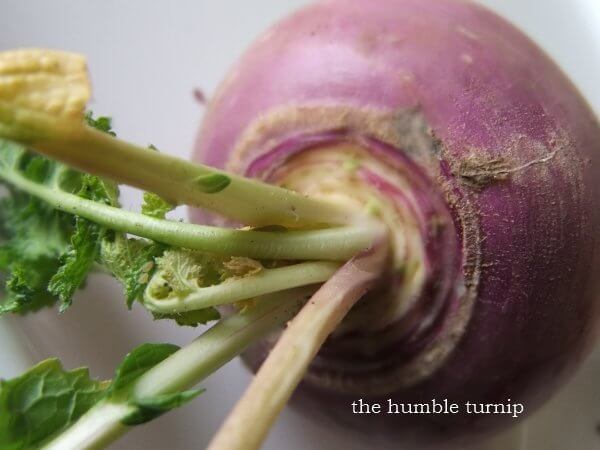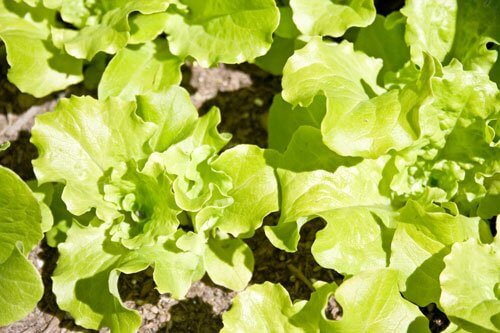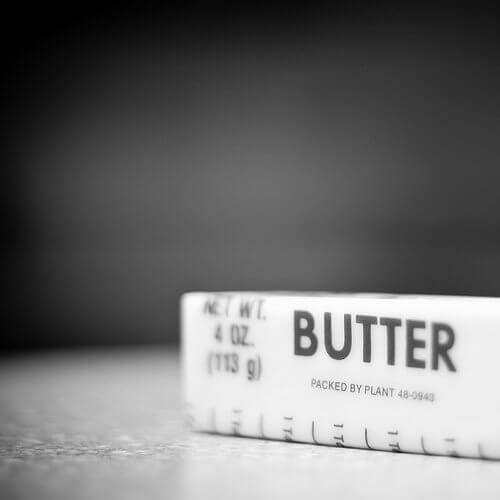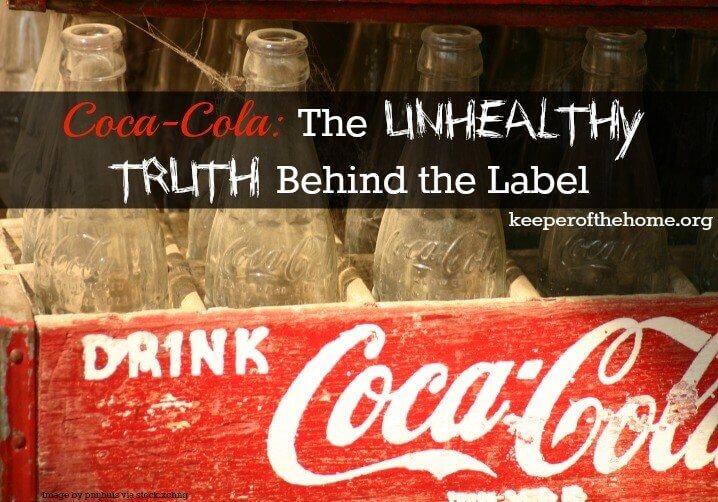Adding Seafoods to Your Diet

Written by Meg Dickey, Contributing Writer
When Dr. Weston A. Price traveled the world examining primitive cultures, one of the first things he noticed was the great lengths the people went to in finding nutrient dense foods. One of the most desired of these nutrient dense foods were sea foods.
Dr. Price noted that those who consumed seafood had the thickest skulls and the best bone structure of all the populations he studied.
Sea foods aren’t just fish – they can include roe (fish eggs), shellfish, and even sea plants! Sea foods contain many beneficial nutrients, a good source of several minerals, especially iron, phosphorus, potassium and zinc.
Canned fish with edible bones, such as salmon or sardines, are also rich in calcium. Canned fish is a great way to save your budget when trying to add seafoods to your diet. I’ve learned that even if I buy the most expensive canned fish, it’s still cheaper than high quality fresh (and sometimes even the frozen). It’s rare for any of my children to want to gobble down an entire piece of fish (unless it’s been breaded and fried, and even then, there had better be ketchup!), so we try to incorporate fish and sea foods in different ways.
One of our family’s favorite way to enjoy sea food is in the quintessential tuna salad sandwich. It is a favorite on our menu, either with or without the bread. My husband prefers his fish in soup, so we make liberal use of fish chowder, combining homemade fish stock, fresh or canned fish, and vegetables. Another favorite is salmon patties (also using canned salmon).
My husband and I make the effort to eat high quality seafood nearly every time we eat at a restaurant – its a nice way to “splurge” and make sure our bodies are still getting nourishing foods.
Related Posts:
How to Make Your Own Lox (fermented fish)
Eating More Nutrient Dense Foods (Yes, I Really Ate Fish Eggs)
Valuing the Nutritional Wisdom of Past Generations







You have sparked some powerful memories of fishing in my childhood. Thanks for the inspiration!
It is interesting to me how I am reverting to how I ate as a child. I lived in Alaska when I was young and we ate everything from the sea. My favorite was a plant called sea asparagus and we ate it pickled. I’m pretty sure it was lacto-fermented because I don’t remember using vinegar to make it, only salt. I still could eat a whole jar. I also loved sea cucumbers, which I think are actually an animal. On another note, when you buy wild caught Alaskan salmon (for example) it is actually better to buy it frozen, in my opinion, because most of the boats actually freeze it on the boat. When it is sold as “fresh” it usually has been thawed once. I prefer it to stay frozen from the boat to my cedar plank :-).
My kids LOVE tuna. They beg for it. They just eat it plain out of the can, so I often buy a couple cans for a quick lunch (paired with some fruit and raw cheese? done). They will also eat it with “blackened seasoning” (homemade) on it and baked. We haven’t made it with garlic butter in awhile (I couldn’t stand it while pregnant, still not sure I can), but they liked the salmon that way too. All in all they probably eat fish 1 – 2 times per week. Sometimes I mix spirulina into their smoothies, I suppose that’s really “sea food” too! And of course, their fermented cod liver oil…they LOVE that and beg for it too, so if you count that, they have “sea food” everyday!
It’s interesting that you mention the price. About a year ago, we made the commitment to start eating fish twice a week. I blogged about the new recipes we tried, but the hits and the misses in a series entitled “yes, your children will eat fish.” We found many wonder and economic ways to incorporate fish in our diet. This year we’re committing to each fish once a week. I love this journey that we’re on.
It’s interesting that here in Hawaii I can’t really afford fresh fish. This seems completely wrong to me. I really have to work to stretch my dollar to feed us fish. Even the canned fish is expensive!
We love fish! Salmon, halibut, cod… The kids love it just baked or BBQ with dill. Delicious, simple, and healthy! We are fortunate to live on the west coast and last year my husband took up fishing. I look forward to him filling our freezer again.
I try to eat fish at least once a week with the kids. Our supermarket sometimes has fresh fish on special – it needs to be consumed within 24 hours. I’m happy to pay a little more for fish than for meat, because there are no big bones or fat etc in it. We often eat canned fish – on pizza, in soup etc and canned sardines are an even cheaper option than canned salmon. Cheese and sardines on toast with tomato sauce is a lovely snack.
I grew up the granddaughter of an avid fisherman in Southern California, so our diet was loaded with fresh fish–usually something my grandfather had caught just hours before at the lake or ocean. I was so disappointed when my family moved to a landlocked state, and we couldn’t get truly fresh fish ANYWHERE (there really is a difference in taste)!
I was thrilled when my local Sam’s recently started carrying frozen, wild-caught salmon. We try to eat it as often as our budget allows–and my daughter LOVES it! She’ll sometimes eat 1 1/2 fillets at just one sitting. We have a host of allergy/asthma issues, and salmon has been a key part of my strategy to add anti-inflammatory foods to our diet.
I love your idea of making good seafood your “go-to” restaurant entree. I never thought of doing that before, but I’m going to do it now!
Hey! I am new to your site and absolutely love it! I have a question about canned salmon though. I got it once and the bones in it totally freaked us all out. Do you eat the bones and if so do you crush them up somehow? Or do they not bother ya’ll?
@Dawn Walsh, Yes, we just crush them and eat them. It weirded me out, too, when I first tried it. But they’re very soft and chewable even for little ones. They’re really full of calcium and good nutrients, so if you don’t mind eating them, that’s a big bonus. The back of a fork will easily crush them. Now that we’re used to it, we never even notice them.